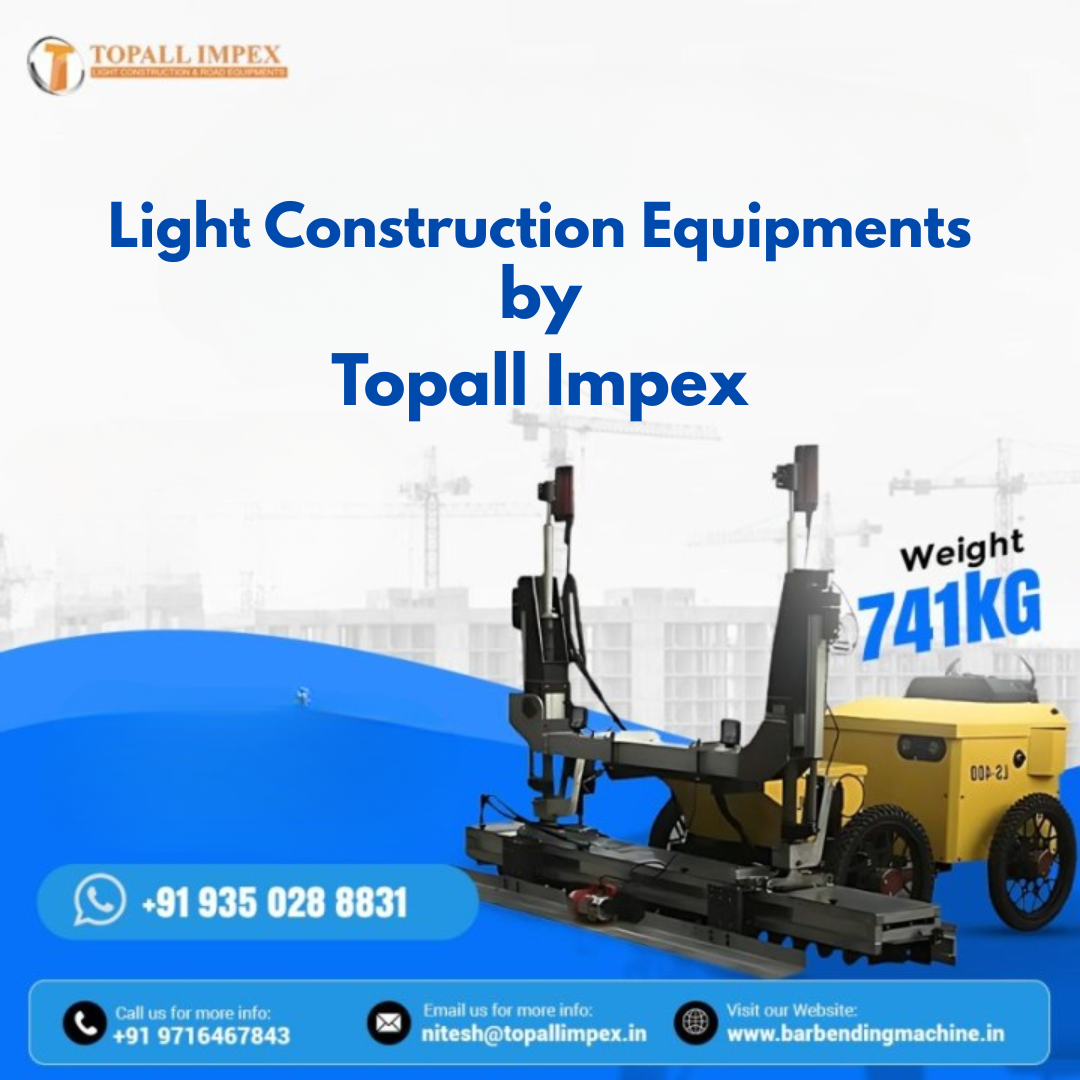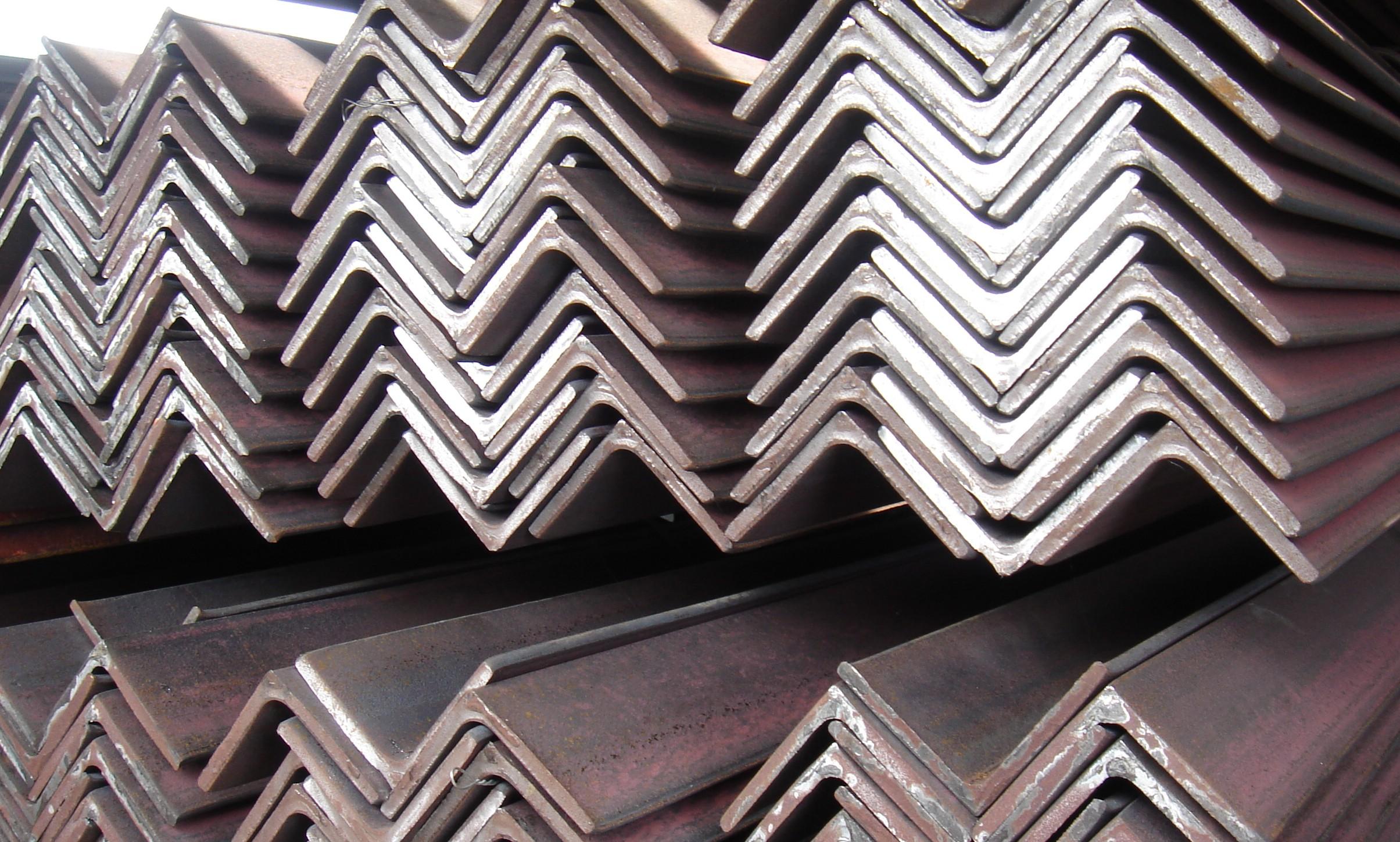As the construction industry evolves, so does the machinery powering it. With increasing focus on sustainability, operational efficiency, and cost-effectiveness, the debate between electric vs. diesel-powered construction equipment has become a hot topic. For builders, contractors, and infrastructure developers, understanding the strengths and weaknesses of both options is essential — especially when it comes to Light Construction Equipment such as Bar Bending Machines, Bar Cutting Machines, and Bar Straightening Machines.
In this blog, we’ll break down the performance, cost, maintenance, and environmental impact of both electric and diesel-powered equipment — helping you make an informed decision for your project or fleet.
🔌 Electric Construction Equipment: Clean and Quiet Innovation
Advantages:
1. Eco-Friendly Operation
Electric equipment produces zero tailpipe emissions. In dense urban areas or enclosed spaces like basements and tunnels, this is a huge plus. For construction firms working under government sustainability mandates, using electric Bar Bending Machines or Bar Cutting Machines supports green building certification requirements.
2. Lower Operating Costs
Electricity is generally cheaper than diesel. Over time, electric machines cost less to run. There are also fewer moving parts, which means less wear and tear and fewer maintenance costs.
3. Noise Reduction
Electric construction machines operate much more quietly. This helps meet urban noise regulations and creates a safer and more comfortable working environment, especially during night shifts.
4. Compact and Lightweight
Electric Light Construction Equipment is typically more compact and easier to transport, especially in tight construction spaces. Their design also allows more flexible operation in modular work zones.
Disadvantages:
1. Limited Battery Life
The biggest limitation of electric equipment is battery life. For full-day operations, charging downtime can hamper productivity unless multiple battery packs or fast-charging stations are available.
2. High Initial Investment
Electric versions of Bar Straightening Machines or other light tools often come with a higher upfront cost. However, this can be offset over time through savings on fuel and maintenance.
3. Infrastructure Dependency
Electric equipment relies on the availability of reliable power infrastructure, which may not be present at all construction sites, especially in remote or underdeveloped areas.
⛽ Diesel-Powered Construction Equipment: Reliable and Rugged
Advantages:
1. Higher Power Output
Diesel engines are known for delivering consistent high torque, making them ideal for heavy-duty applications. For large-scale rebar jobs, diesel Bar Cutting Machines and Bar Bending Machines perform with ease, especially when continuous operation is needed.
2. Longer Operational Time
Unlike electric models, diesel-powered machines don’t need recharging. With a full tank, you can expect long hours of uninterrupted operation — perfect for high-volume or remote jobsites.
3. Well-Established Supply Chain
Diesel fuel is widely available. In areas where electricity is unreliable or unavailable, diesel construction machines remain the only practical solution.
4. Lower Initial Cost
Diesel machinery often costs less initially than its electric counterparts. This makes it attractive for smaller contractors or firms operating on tight capital budgets.
Disadvantages:
1. Higher Operating Costs
Diesel prices fluctuate and tend to be high. Over time, the cost of running a diesel machine outweighs its lower purchase price. Frequent refueling adds to downtime and logistics.
2. High Maintenance
Diesel engines require regular maintenance — oil changes, air filters, fuel filters, etc. This not only increases costs but also potential downtime due to mechanical failure.
3. Environmental Concerns
Diesel equipment contributes to air pollution and greenhouse gas emissions. In regions with strict environmental laws, diesel usage may be taxed or banned, limiting its use.
4. Noise and Vibration
Diesel-powered machines are loud and cause more vibration, which can be a concern in sensitive environments like hospitals, residential areas, or educational institutions.
⚖️ Side-by-Side Comparison: Electric vs. Diesel
| Criteria | Electric Construction Equipment | Diesel Construction Equipment |
|---|---|---|
| Power Source | Electricity / Batteries | Diesel Fuel |
| Initial Cost | Higher | Lower |
| Operating Cost | Lower | Higher |
| Maintenance | Minimal | Frequent |
| Environmental Impact | Low / Zero Emissions | High Emissions |
| Noise | Very Low | High |
| Power Output | Moderate | High |
| Run Time | Limited (Battery-based) | Long (Fuel-based) |
| Mobility | Lightweight and Compact | Heavy and Rugged |
| Best Use | Urban, indoor, short-term | Remote, long-term, high power |
🏗️ Where Light Construction Equipment Stands in the Debate
When it comes to Light Construction Equipment, the decision between electric and diesel often depends on use-case scenarios. Let’s break it down:
1. Bar Bending Machines
- Electric Option: Great for rebar up to 32mm in indoor or urban environments.
- Diesel Option: Suitable for heavy rebar processing at infrastructure or highway projects.
2. Bar Cutting Machines
- Electric Option: Precise, low-noise cutting in controlled environments.
- Diesel Option: Heavy-duty performance with no need for on-site electricity.
3. Bar Straightening Machines
- Electric Option: Ideal for fabrication shops or prefabrication yards.
- Diesel Option: Best for mobile units in infrastructure development projects.
🔍 Final Verdict: Which One Wins?
There’s no universal winner. The choice between electric and diesel-powered construction equipment depends entirely on:
- Project size and duration
- Location and site conditions
- Power availability
- Environmental regulations
- Budget constraints
If you’re working in an urban or semi-urban environment, electric Light Construction Equipment offers cleaner, quieter, and more cost-effective operation. On the other hand, for large infrastructure projects in remote locations, diesel-powered machines continue to be the reliable workhorses of the industry.
🛠️ Conclusion
The construction industry is at a turning point where environmental responsibility meets operational efficiency. As technology evolves, so does the potential for electric-powered Bar Bending Machines, Bar Cutting Machines, and Bar Straightening Machines to replace traditional diesel units.
For now, a hybrid approach might be the smartest move — using electric equipment where feasible and relying on diesel where necessary. By staying informed and evaluating your needs, you can ensure your fleet remains productive, compliant, and future-ready.



